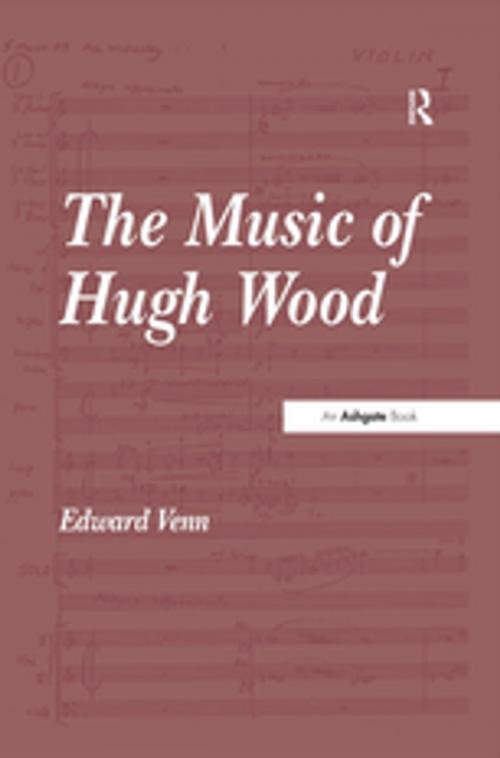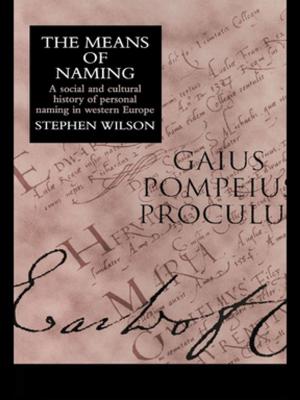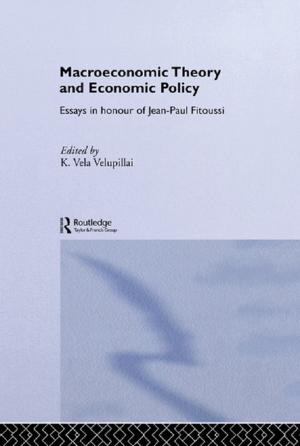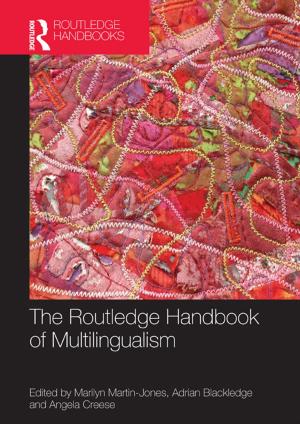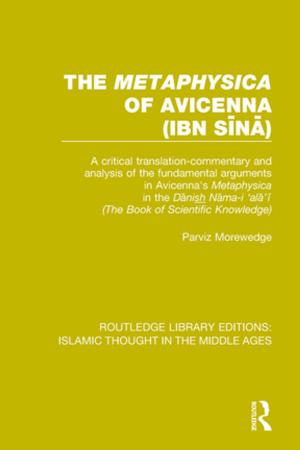| Author: | Edward Venn | ISBN: | 9781351542319 |
| Publisher: | Taylor and Francis | Publication: | July 5, 2017 |
| Imprint: | Routledge | Language: | English |
| Author: | Edward Venn |
| ISBN: | 9781351542319 |
| Publisher: | Taylor and Francis |
| Publication: | July 5, 2017 |
| Imprint: | Routledge |
| Language: | English |
The Music of Hugh Wood provides the first ever in-depth study of this well-known, yet only briefly documented composer. Over the years, Wood (b. 1932) has produced a sizeable oeuvre that explores the established genres of symphony, concerto, and quartet on the one hand, and songs and choruses on the other. Underpinned by an awareness of recent philosophical, theoretical and analytical concepts, Dr Edward Venn highlights both the technical basis of Wood's music and the expressive force of his work. In doing so, a picture emerges of Wood as an artist of considerable merit and power. The eclectic blend of national and international influences in the music of Hugh Wood combine to create an individual and distinctive musical language all his own. The book provides an overview of Wood's style, focussing on his engagement with modernism and the melodic, rhythmic, harmonic and formal characteristics of his musical language. From here a more detailed consideration of Wood's development as a composer is advanced, in which his technical development is illustrated alongside an exploration of various aspects of musical meaning embodied in his works. In the process, numerous analytical strategies ranging from formalist to narrative structures are utilized, demonstrating the fecundity and expressivity of Wood's music.
The Music of Hugh Wood provides the first ever in-depth study of this well-known, yet only briefly documented composer. Over the years, Wood (b. 1932) has produced a sizeable oeuvre that explores the established genres of symphony, concerto, and quartet on the one hand, and songs and choruses on the other. Underpinned by an awareness of recent philosophical, theoretical and analytical concepts, Dr Edward Venn highlights both the technical basis of Wood's music and the expressive force of his work. In doing so, a picture emerges of Wood as an artist of considerable merit and power. The eclectic blend of national and international influences in the music of Hugh Wood combine to create an individual and distinctive musical language all his own. The book provides an overview of Wood's style, focussing on his engagement with modernism and the melodic, rhythmic, harmonic and formal characteristics of his musical language. From here a more detailed consideration of Wood's development as a composer is advanced, in which his technical development is illustrated alongside an exploration of various aspects of musical meaning embodied in his works. In the process, numerous analytical strategies ranging from formalist to narrative structures are utilized, demonstrating the fecundity and expressivity of Wood's music.
